Related application measures and precautions for slurry pumps, as well as slurry pump manufacturers
Application measures and precautions for slurry pumps a [...]
Application measures and precautions for slurry pumps are essential knowledge when using a slurry pump. Familiarity with these aspects helps to avoid unnecessary losses. Today, I will briefly summarize some of them for you.
Diagram of parallel operation of slurry pumps.
1. Check valve issues.
Caution should be exercised when using check valves for slurry pumps.
The outlet check valve can cause an increase in pressure (twice the head) and result in slurry deposition in the discharge pipe, leading to blockages when the pump is restarted.
Slowly closing the valve allows the slurry to slowly empty from the discharge pipe without causing sudden high-speed reversal of the impeller.
Similarly, smaller adjacent bypass pipes are prone to clogging.
2. Surging issues.
Surging is a self-excited vibration caused by periodic changes in fluid pressure and pipeline vibration noise.
Appropriate measures to eliminate surging for slurry pumps: Eliminate pump characteristic humps.
Install a water-blocking device near the outlet and a pressure regulating tank at the outlet to prevent gas storage in the discharge pipe, ensuring a smooth flow with a certain slope upwards.
3. Series connection issues with slurry pumps.
Sealing between the main impeller and auxiliary impeller should not be allowed after the second stage in series.
The number of pumps in series for slurry pumps generally does not exceed 6 (with each pump having a head less than 80 meters).
Whenever possible, position the outlet of each pump directly above the inlet of the second-stage pump.
During the selection of series pumps, special attention should be given to preventing excessive total head, which could result in excessive flow rate, motor overload, or even wastage of one pump.
During the start-up of series pumps, gradually close the outlet valve, open the inlet valve, and then start the pump, allowing the slurry to enter the pipeline in the next stage.
4. Emergency measures for water ingress and blockage.
It is not permissible to have precipitation and blockage inside the pump. In case of emergency, appropriate measures should be taken, avoiding running around recklessly and considering future capacity changes and adjustment methods.
When transporting slurry with large particles, pre-processing is required to adjust the particle size and achieve efficient transport.




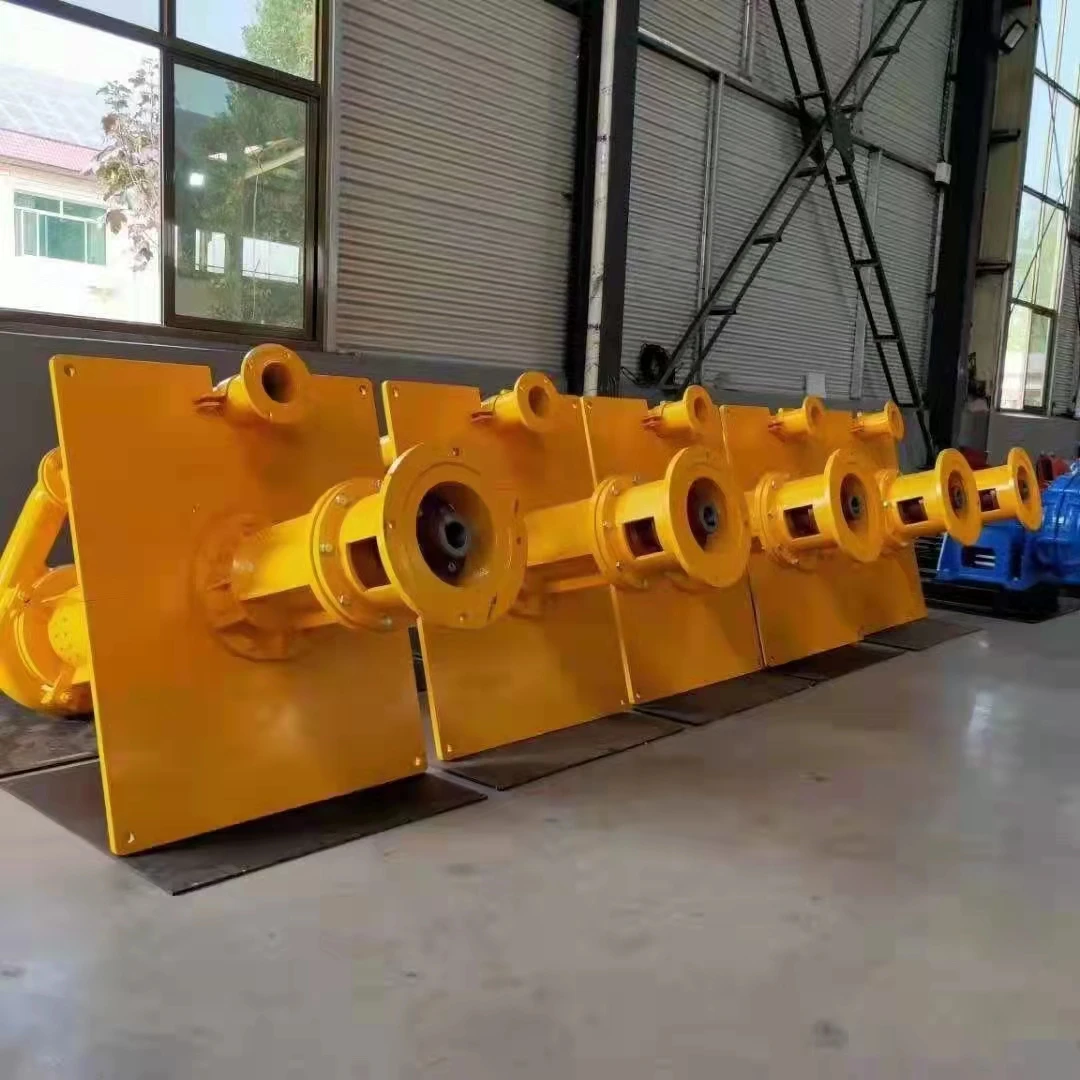
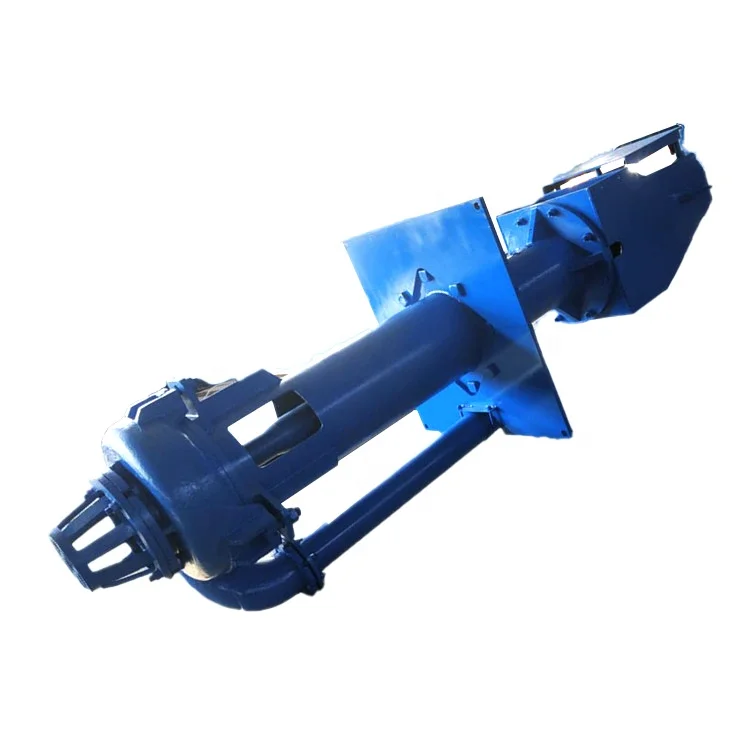
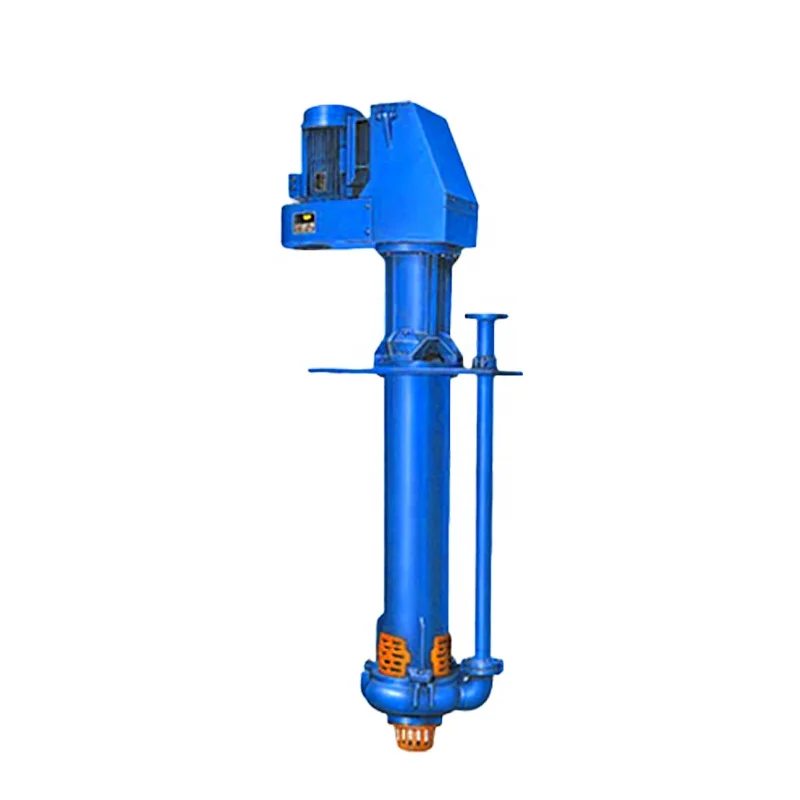
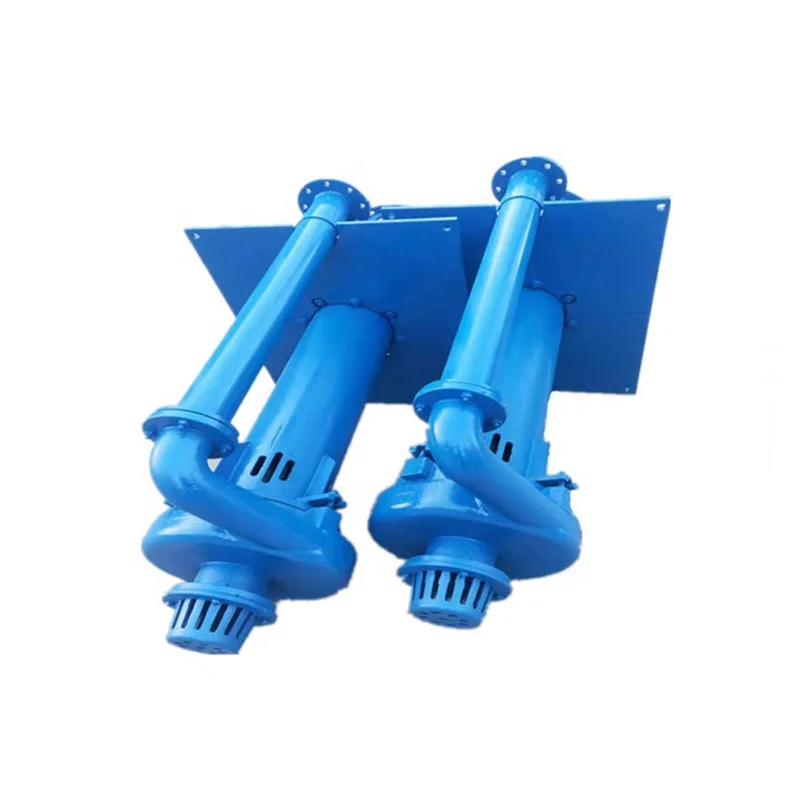
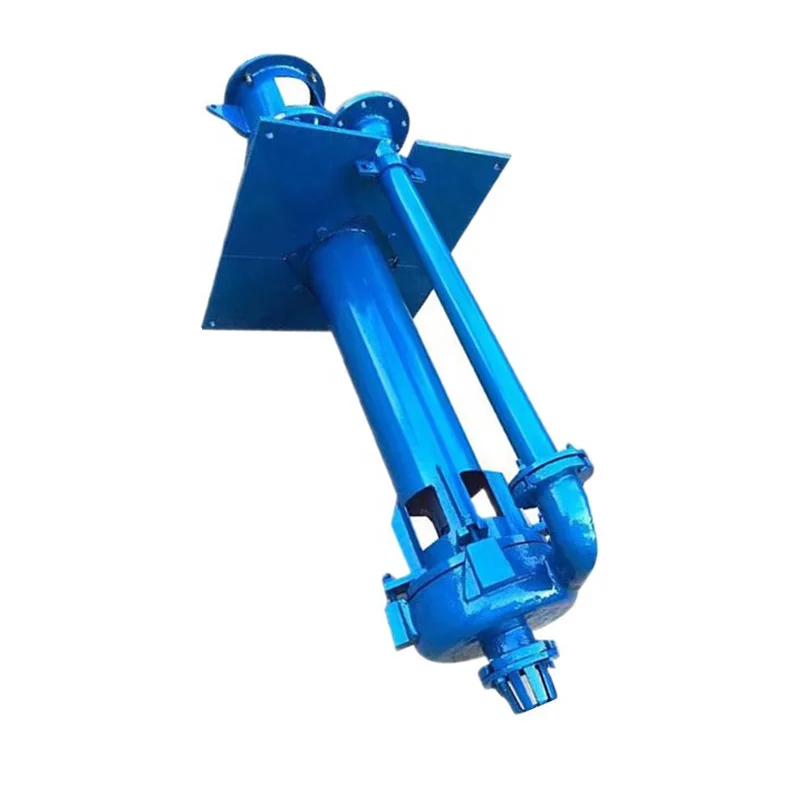

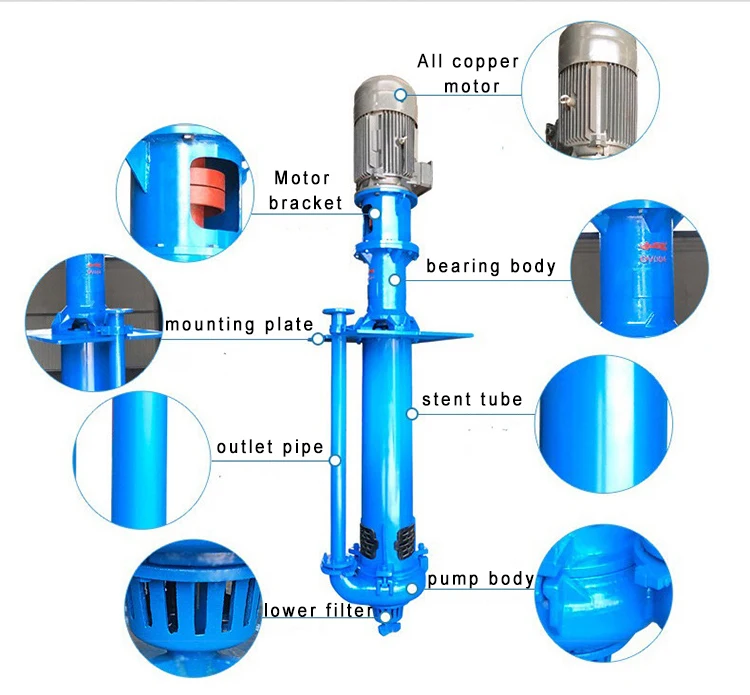
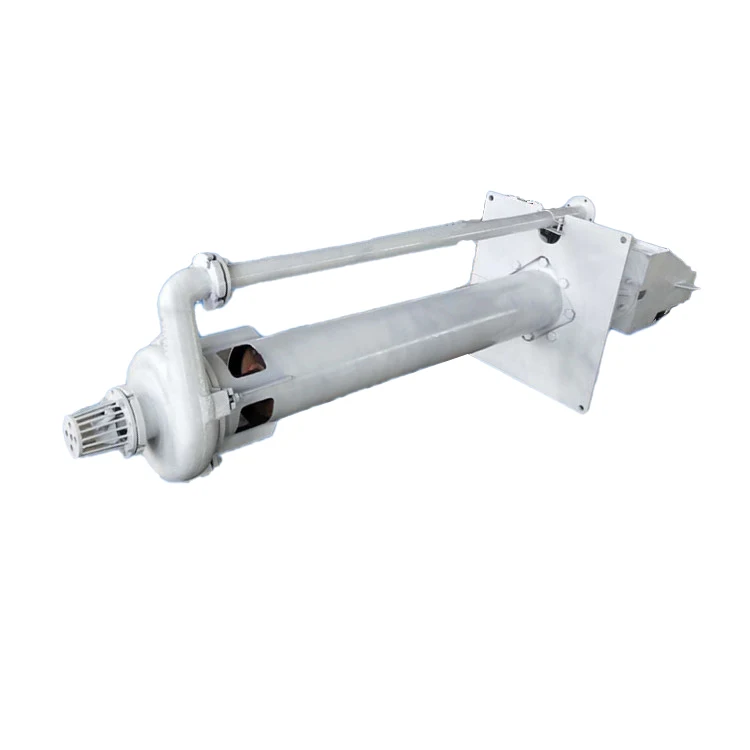
Please login to write a comment after